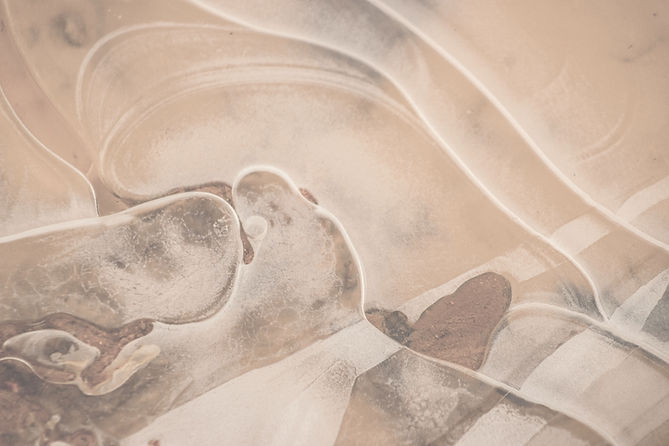
Our WorkTrenchless Drain Repair at Exeter University
Minimal disruption. Maximum results.
The Challenge
Exeter University discovered major root intrusion in a 225mm clay surface drain running beneath an area of natural beauty with large trees and protected wildlife. With only one week before reopening, traditional excavation was not an option — it would have caused significant disruption to the landscape and the university grounds.
Our Solution
Flux Sewer provided a trenchless drain rehabilitation service using the latest technology:
-
Robotic root cutting to quickly and precisely remove large tap roots from the pipework.
-
A full pipe cleanse to restore flow and prepare for lining.
-
Installation of a Bluelight cured-in-place pipe (CIPP) liner (225mm x 4.5mm PAA-F) to prevent root re-entry, strengthen the pipe, and improve flow performance.
The Results
✅ Over 100 metres of drainage rehabilitated across three sections
✅ Zero disruption to the trees, wildlife, and natural environment
✅ Pipes now have improved structural integrity & flow
✅ Project completed within the one-week deadline

Mass Root entering
-
Tree and shrub roots naturally seek out moisture and nutrients, and sewer or stormwater pipes are an ideal source.
-
Any cracks, loose joints, or porous sections in the pipe allow fine roots to penetrate.
-
Over time, the mass of roots grows inside, forming a root ball or mat that restricts water flow and traps debris, eventually causing blockages.
Large Tap Root
-
Size & strength: Unlike fibrous roots, a tap root is thick and rigid, capable of physically breaking or displacing pipes.
-
Source tree: Likely from a large nearby tree (oak, maple, poplar, willow). These roots can continue expanding and cause recurring damage.
-
Flow restriction: Even if partially removed, the opening allows repeated invasion.


Some of the roots removed from the pipework
Utilising Light
-
nstead of ambient cure or hot water/steam cure, the liner is cured using specialized LED bluelight technology.
-
The LED system cures the liner uniformly, quickly, and under controlled parameters, significantly reducing risk of under-curing or weak spots.

